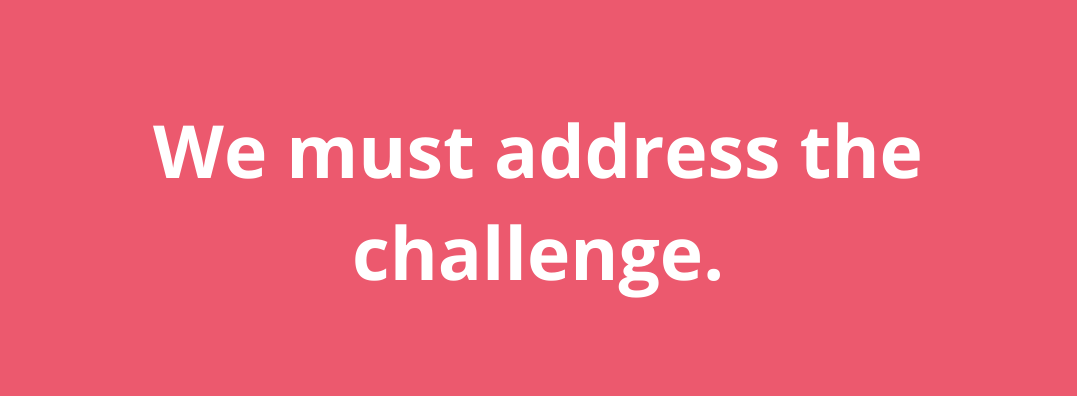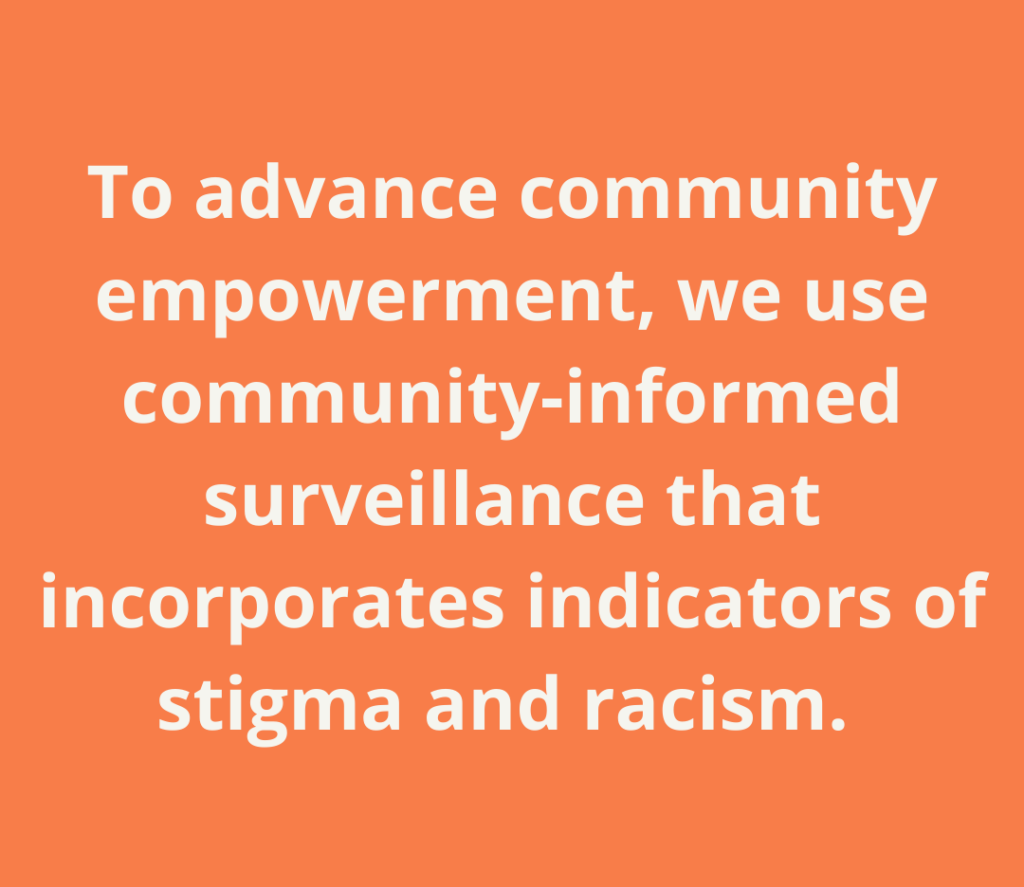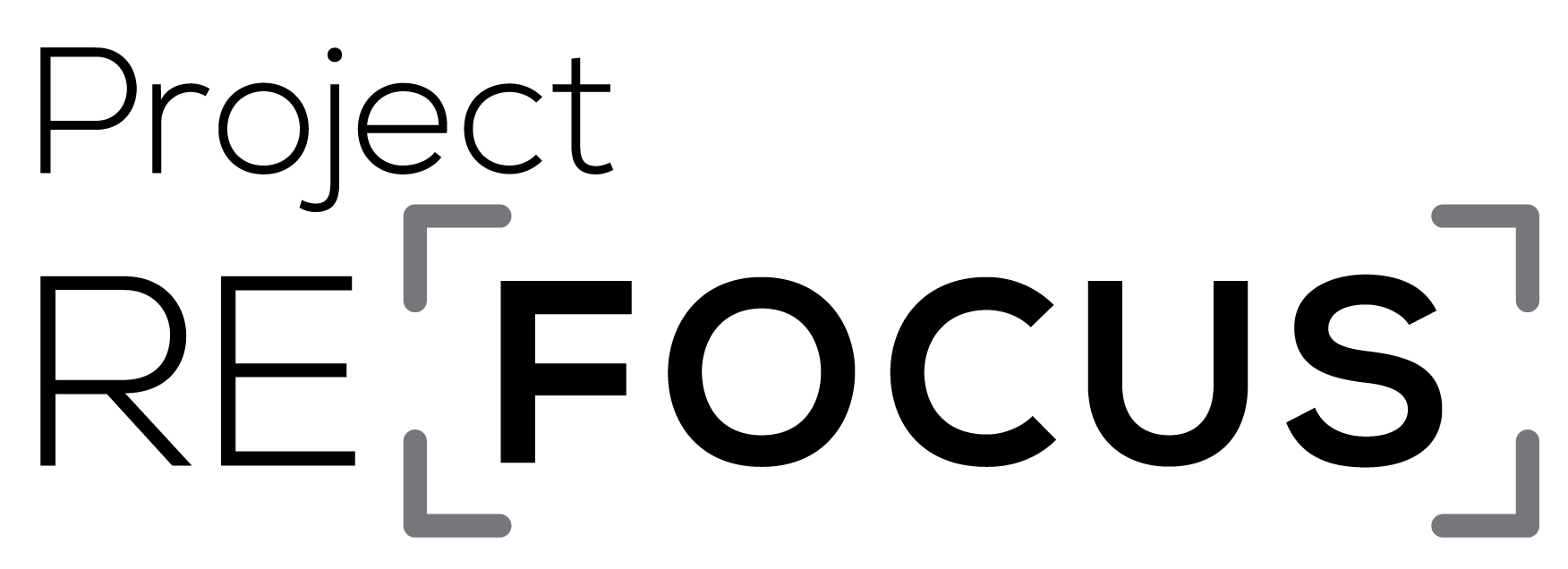Racism is a public health problem.
COVID-19 mitigation responses require timely actionable data to identify and target the pathways linking COVID-19 inequities to racism and stigma.

Project REFOCUS re-imagines surveillance. We seek to identify signals of stigma and racism that are critical for a broad, and therefore more inclusive, understanding of COVID-19 and other public health crises.
This crisis monitoring system will account for ways that surveillance, including public health surveillance, historically has harmed racially and socially marginalized groups.
This tool will provide a more inclusive model for community-informed surveillance.
Public health surveillance
Public health surveillance is a powerful tool.
In particular, public health depends on surveillance and monitoring systems to achieve its goals, including COVID-19 prevention and control. Yet, surveillance approaches used to monitor COVID-19 and other health conditions may inadvertently place socially marginalized populations at risk for harm due to existing systemic inequities that disproportionately criminalize racial groups and poverty (e.g., through incarceration, deportation, loss of jobs).
Surveillance strategies can be harmful
It is critical to recognize where collection of COVID-19 data crosses purposes with other surveillance systems documented to increase harm for racial/ethnic communities.
For example, data shared between law enforcement and public health may be efficient for law enforcement goals, but the agencies have different needs, potentially putting at odds the outcome of collecting such information.

Our monitoring system intends to detect stigma and not increase it. Therefore, approaches that criminalize or stigmatize communities can undermine our collective potential to identify public health problems and achieve health equity goals.
Knowing that surveillance raises concerns about potential stigmatization and harm of Black, Indigenous and People of Color (BIPOC) communities, we are intentional in using surveillance strategies to further health equity agendas as not using these strategies to identify and monitor racism and stigma raises ethical issues. The field has a responsibility to address the public health needs of underserved populations but has often not fulfilled its mission when it comes to this obligation.
Community informed surveillance
- Shifts the focus from gathering more granular data about individuals, families and communities toward gathering more data about the structures and institutions affecting them.
- Empowers residents to be a routine part of the solution by involving them in all aspects of surveillance efforts and collecting and sharing data that advances organizing and advocacy.
Why community-informed surveillance?

- To provide community members the information needed to advance their health equity agendas.
- To emphasize community resiliency.
- To minimize the potential for surveillance strategies to harm Black, Indigenous and People of Color (BIPOC) communities directly or indirectly.
